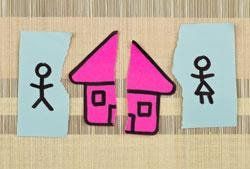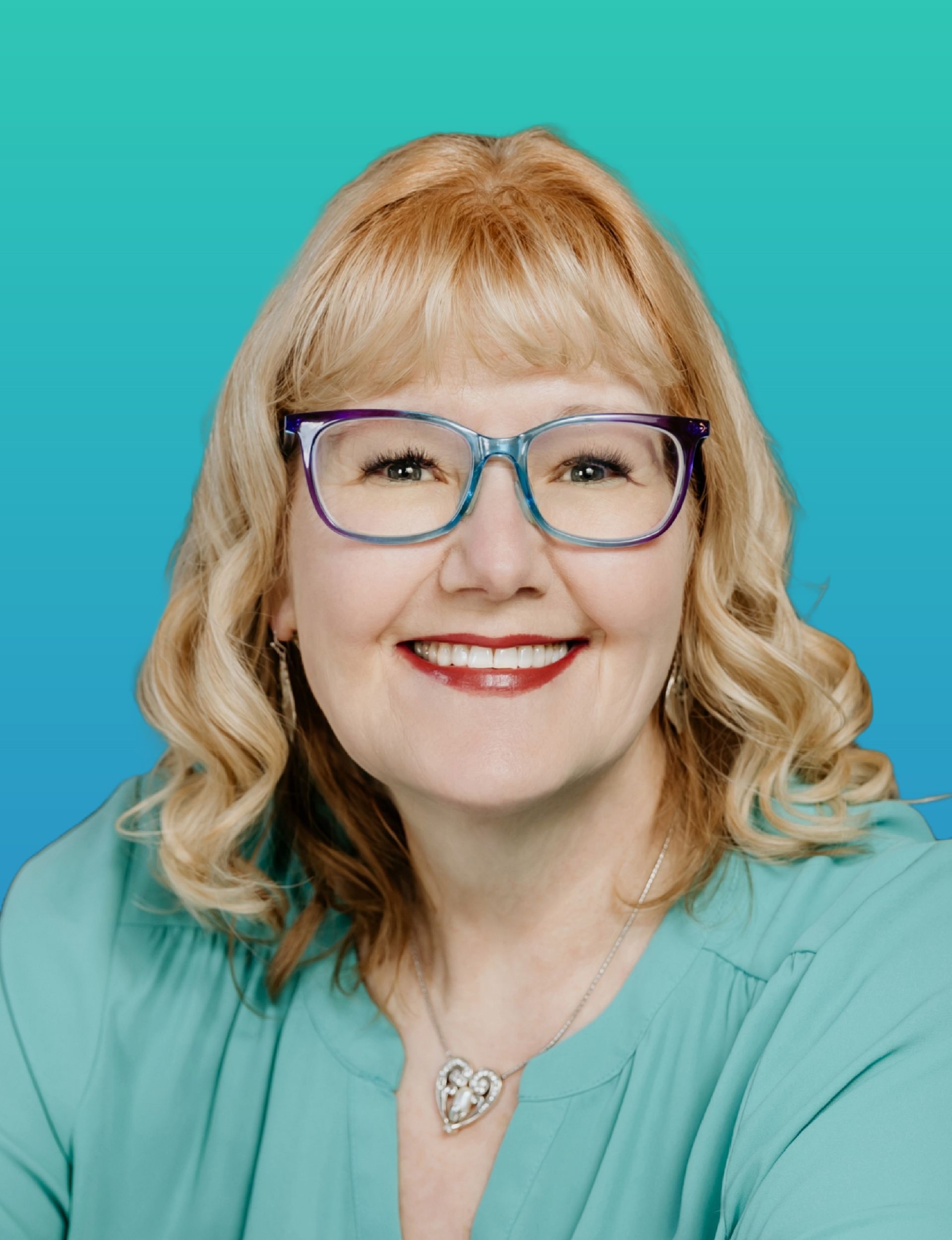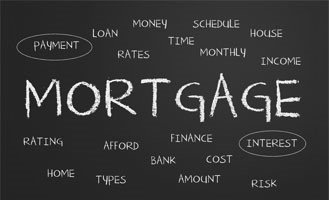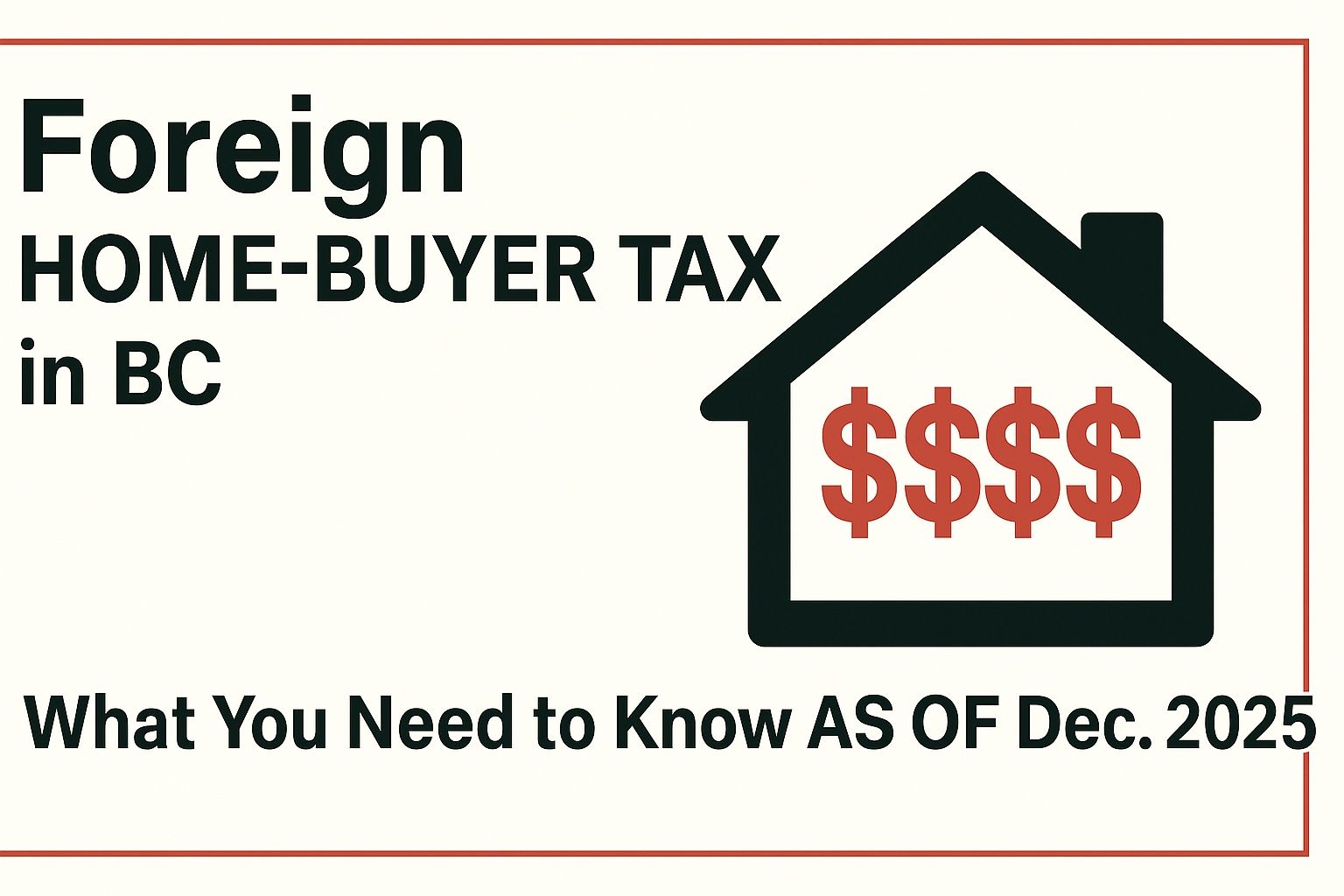If Your Marriage is Ending and You Want to Keep the Family Home, Consider a Spousal Buyout

In 2020 in Canada, there were about 2.71 million people who had obtained a legal divorce and did not remarry. This figure has been steadily increasing since 2000, when there were about 1.88 million divorces in Canada.
What do you do about your home/mortgage if your marriage is coming to an end?
There are a few options.
1. You can sell the family home and split the equity in the home.
• Assuming there is enough equity, each party could take their share, go out and buy a new home.
2. OR if you have enough cash, you could pay out your spouse for their share of the equity in the home.
3. OR for those that want to remain in their home, especially those with children, the Spousal Buy-Out Program may be a good option.
If you decide to buy out your ex-spouse, you will need to refinance the property as banks/lenders will not allow you to simply take over someone else's loan or remove an individual from your loan agreement. You must requalify for the mortgage from Square 1.
• If you are financially stable and can qualify for a mortgage on your own, buying out your ex may be the right option for you.
The Spousal Buy-Out Program , backed by all three of Canada’s mortgage default insurance providers allows one party to refinance the shared home up to 95% of its appraised value.
• Canada Mortgage and Housing Corporation
• Sagen™
To qualify, both you and your ex-partner must currently be on the mortgage for the family home.
• The mortgage default insurer, may allow you to use the Spousal Buy-Out Program to pay off other debts outside the separation agreement, further assisting with the transition.
The cost of purchasing a home, can be high. Fortunately, the Spousal Buy-Out Program was designed to help.
• It can also diminish the costs of home ownership by allowing individuals to bring on a co-signer, such as an existing family member or even a new partner, to assist.
Requirements for a Spousal Buyout Product
The rules for the 95% mortgage product are quite stringent, starting with:
1. Before a marriage can end, couples must go through a legal separation. When both parties are sure that the marriage is over, a legally binding separation agreement must be drafted, which covers the custodial arrangement for any kids and spousal support.
• To use the spousal buyout mortgage plan, in Canada you MUST have a legally authorized separation agreement. This agreement will also lay out how assets will be divided up, including the home/mortgage.
2. An appraisal. An appraisal report will already have been obtained to determine the Equalization of Assets during a divorce.
• Regrettably, in most cases, the same appraisal is not acceptable to a lender unless it was originally ordered by a third party (such as a Mortgage Broker or lender or lawyer) for the dual purpose of Equalization of Assets and Financing.
• Also, an Appraisal Report is acceptable for 90 days (less with some lenders). If the appraisal was ordered early in the divorce proceedings, another one may be needed by the time the details are settled.
•If the value changes over that time, the negotiations between parties usually start again to determine payout amounts.
3. An Agreement of Purchase and Sale between the parties.
4. Debt Payout List.
• This is an optional one-time option for paying off additional debts outside of the separation agreement. You can only use the proceeds to buy out the other owner’s share of equity or pay off joint debt as explicitly noted in the signed separation agreement.
Calculate Mortgage Payments
• If you are simply looking for rough numbers on qualifying without a credit check or gathering documents, Download my Mortgage Planner which allows you to run multiple scenarios to see if the Spousal Buyout Program is an affordable option for you.
Going through a Divorce or Separating is stressful and having to deal with selling a home you love certainly compounds that stress. The Spousal Buyout Program allows you to maintain some of your routine and security by ensuring you – and your children – can remain in the home you love.
If you are facing a marital breakdown, make sure that you reach out to your trusted Mortgage Broker to ensure you have all the information you need to make the right decision regarding your mortgage and your home.
Let’s have a chat to discuss your next steps.
Mortgages are complicate… BUT they don’t have to be… Engage a Mortgage Expert.
Kelly Hudson
Mortgage Expert
Mortgage Architects
Cell 604.312.5009






